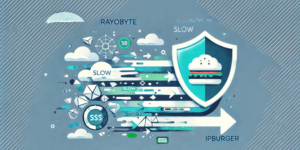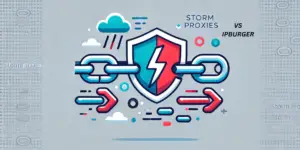Here to learn how to automate web tasks with proxies and bots? Let’s go!
Repetitive web tasks: the bane of every developer’s existence. You know, those mind-numbing processes that are less about skill and more about patience. Think scraping endless pages for data, filling out forms a thousand times, or trying to manage multiple accounts without going cross-eyed. Enter proxies and bots.
Yes, the dynamic duo you didn’t know you needed.
Proxies keep you anonymous (and unblock the sites that throw hissy fits when they detect automation). Bots? They’re the efficient little workhorses tirelessly doing your bidding while you sip your coffee. Together, they’re like the peanut butter and jelly of web automation—each great on its own, but together? Magic.
But there’s a trick to this combo. You can’t just throw a bot at a problem and hope it works. (Spoiler: It won’t.) And proxies? They’re not one-size-fits-all either. You need the right proxies—ones that can handle your bot’s demands without waving a giant “I’m a bot!” flag to every website’s security system.
This guide will show you exactly how to pull it off—how to combine bots and proxies into a seamless, efficient, unstoppable automation machine. From avoiding IP bans to scaling your tasks like a pro, you’ll learn to handle automation like the tech-savvy wizard you are.
Let’s dive in. Ready? Of course you are.
Understanding Web Task Automation: What, Why, and How
Automation isn’t just a buzzword—it’s the secret sauce behind everything from efficient workflows to never having to copy-paste data again. It’s what lets companies scale without hiring an army of interns. But before you dive headfirst into the automation pool, let’s start with the basics: what exactly are we automating here?
Think of web task automation as your personal assistant for the digital world. Need to extract pricing data from a hundred e-commerce sites? Automate it. Updating forms across a dozen platforms? Automate that too. Automation tools handle these repetitive, time-consuming tasks so you can focus on what actually matters.
Here’s the “why” that should get your gears turning:
- Save time. Hours shrink into minutes when bots take over.
- Reduce errors. Unlike your human brain at 3 AM, bots don’t typo.
- Increase scalability. Whether it’s managing five accounts or five thousand, automation keeps things running smoothly.
And then there’s the how. Tools like Selenium or Puppeteer simulate real user behavior on websites—clicking, typing, navigating. Paired with custom scripts, these tools can handle nearly anything a browser can do. Now, throw proxies into the mix (we’ll get to those soon), and suddenly your bot can visit hundreds of pages without anyone realizing it’s the same “user.”
Automation isn’t just about convenience—it’s about staying competitive in a world where manual processes simply can’t keep up.
Ready to see where proxies and bots come into play? Let’s level up.
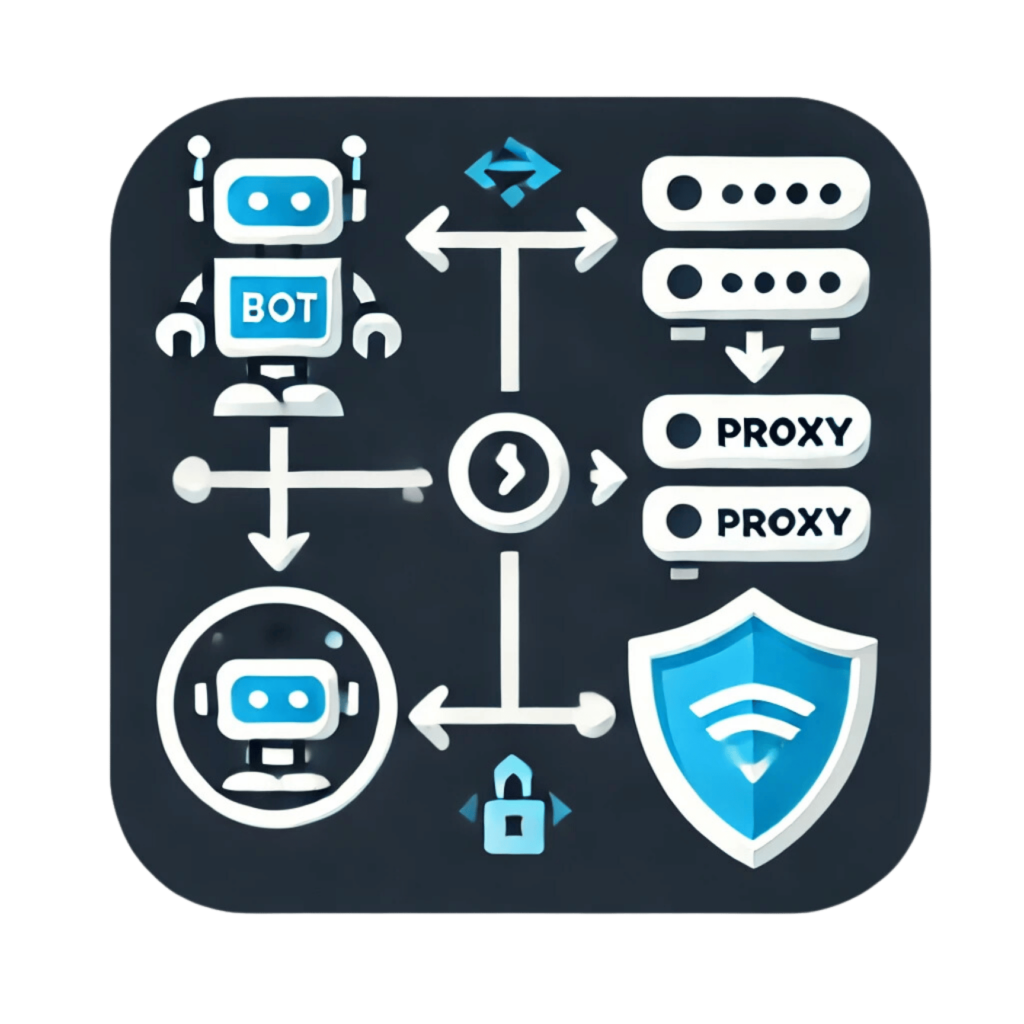
The Role of Bots in Web Automation: Your Digital Minions
Bots are the unsung heroes of web automation. They’re like those workers who never complain, never take coffee breaks, and never, ever ask for a raise. They just get stuff done—quickly, quietly, and at a scale no human could match.
At their core, bots are scripts designed to mimic human actions on the web. Clicking buttons? Check. Filling out forms? Easy. Scraping data? Absolutely. They work tirelessly in the background, handling everything from lead generation to e-commerce inventory tracking.
Here’s where it gets interesting:
- Bots are customizable. Whether you’re scraping financial data or automating social media posts, you can program them to handle exactly what you need.
- Bots don’t get bored. (Unlike you, halfway through page 57 of “Things I Need to Copy-Paste Today.”)
- Bots are scalable. Need one bot for testing or a swarm for a major scraping job? No problem.
The Scale of Automation
By 2023, the global automation market was valued at $214 billion and is expected to grow at a compound annual rate of 9.2% through 2030. This reflects the increasing reliance on automation tools, including bots, for everything from mundane administrative tasks to high-stakes data collection.
But here’s the catch: the internet isn’t exactly bot-friendly. Websites are designed for humans—unique IPs, cookies, the whole nine yards. Bots don’t naturally blend in, which is where they start running into trouble.
Without proper measures, bots can trigger alarms faster than someone yelling “fire!” in a crowded theater. Enter proxies. With proxies, your bot doesn’t just look like a human—it acts like one too. Each request routes through a different IP, sidestepping detection and keeping your automation efforts on track.
So, bots are your tools. But proxies? They’re the shields that make sure your bots survive the digital battlefield.
Importance of Proxies in Automation: The Secret Sauce
Automation without proxies? It’s like showing up to a costume party without the costume. You’ll get spotted immediately. Proxies are the unsung heroes of web automation, ensuring your bots stay undercover while they work their magic.
Here’s the deal: when your bot interacts with a website, it leaves a digital footprint. Think of it as waving a giant banner that screams, Hey, it’s the same IP visiting every five seconds! That’s a problem. Websites use tools like rate limiting and IP blocking to prevent this kind of behavior.
Enter proxies.

Why Proxies Are a Must:
- Avoid IP Bans: Proxies rotate your IP addresses, making it look like requests are coming from different users in various locations. (Because nothing kills automation faster than a blocked IP.)
- Bypass Geo-Restrictions: Want to scrape data from a site only available in France? Use a French proxy, and voilà! Local access unlocked.
- Enhance Security: Proxies act as a buffer between your bot and the target website, reducing the risk of exposing sensitive data.
High-quality proxies, like IPBurger’s 100M+ ethically sourced residential IPs, boast success rates of over 99.9%. That’s huge for automation workflows where even a small failure rate can derail your project.
Choosing the Right Proxy for Your Needs
Not all proxies are created equal. Some are built for speed (think data centers), while others focus on anonymity (residential or mobile proxies). Choosing the right type depends on your task:
- Rotating Residential Proxies: Best for large-scale scraping and avoiding detection.
- Static Residential Proxies: Ideal for tasks requiring consistent IPs, like managing accounts.
- Dedicated Fresh IPs: Perfect for accessing high-value assets or bypassing captchas without raising red flags.
Proxies are the backbone of web automation, quietly doing the heavy lifting to keep your bots running smoothly.
Next up, we’ll dive into the ultimate power move: combining bots and proxies to create an automation machine that’s efficient, stealthy, and downright unstoppable.
Ready? Let’s build.
Combining Proxies and Bots for Effective Automation: The Dream Team
Now that you know why bots and proxies are essential, it’s time to combine them into an unstoppable automation powerhouse. Think of this as turning your DIY automation into a full-fledged professional operation. Proxies keep your bots stealthy, and bots keep your proxies busy.
How Proxies and Bots Work Together:
When a bot sends requests to a website, each request typically comes from the same IP address. That’s a dead giveaway to web servers, which are trained to detect unusual patterns. Proxies solve this by assigning a different IP for every request or session.
Here’s how this dynamic duo works:
- Bot sends a request.
- Proxy intercepts the request, assigns a unique IP, and forwards it to the website.
- Website responds, thinking it’s dealing with a real user.
- Proxy passes the response back to the bot.
Repeat. Scale. Automate.
The Case for Proxy Rotation
Proxy rotation is the key to blending in. It ensures that every request appears to come from a different user. For example:
- Scraping a job board for listings? Rotate IPs after every few requests.
- Managing multiple e-commerce accounts? Assign a unique static IP to each one.
The Results? Fewer Blocks, More Success
Companies using rotating proxies see dramatically higher success rates in web scraping and automation. In fact, a 2022 study on data collection showed that proxy rotation reduced the rate of blocked requests by over 85%.
Pro Tips for a Seamless Integration:
- Choose the Right Proxy Type:
- Rotating residential proxies for large-scale scraping.
- Static proxies for tasks requiring consistency, like account management.
- Match Proxy Volume to Task Size:
- Small tasks? A handful of proxies will do.
- Massive projects? Scale up your proxy pool to avoid detection.
- Test Your Setup:
Run a small batch of tasks before launching a full-scale operation. Look for speed, reliability, and signs of detection (e.g., captchas or blocked requests). - Use Automation-Friendly Tools:
Frameworks like Selenium and Puppeteer work seamlessly with proxy configurations. Most modern bots allow you to specify proxy settings directly, making the setup process a breeze.
With the right pairing of proxies and bots, you can automate everything from scraping competitor prices to monitoring product inventory at lightning speed—all while staying under the radar.
Next, let’s talk about the tools and technologies that make this magic happen. Because you can’t build a dream team without the right gear. Gear up.
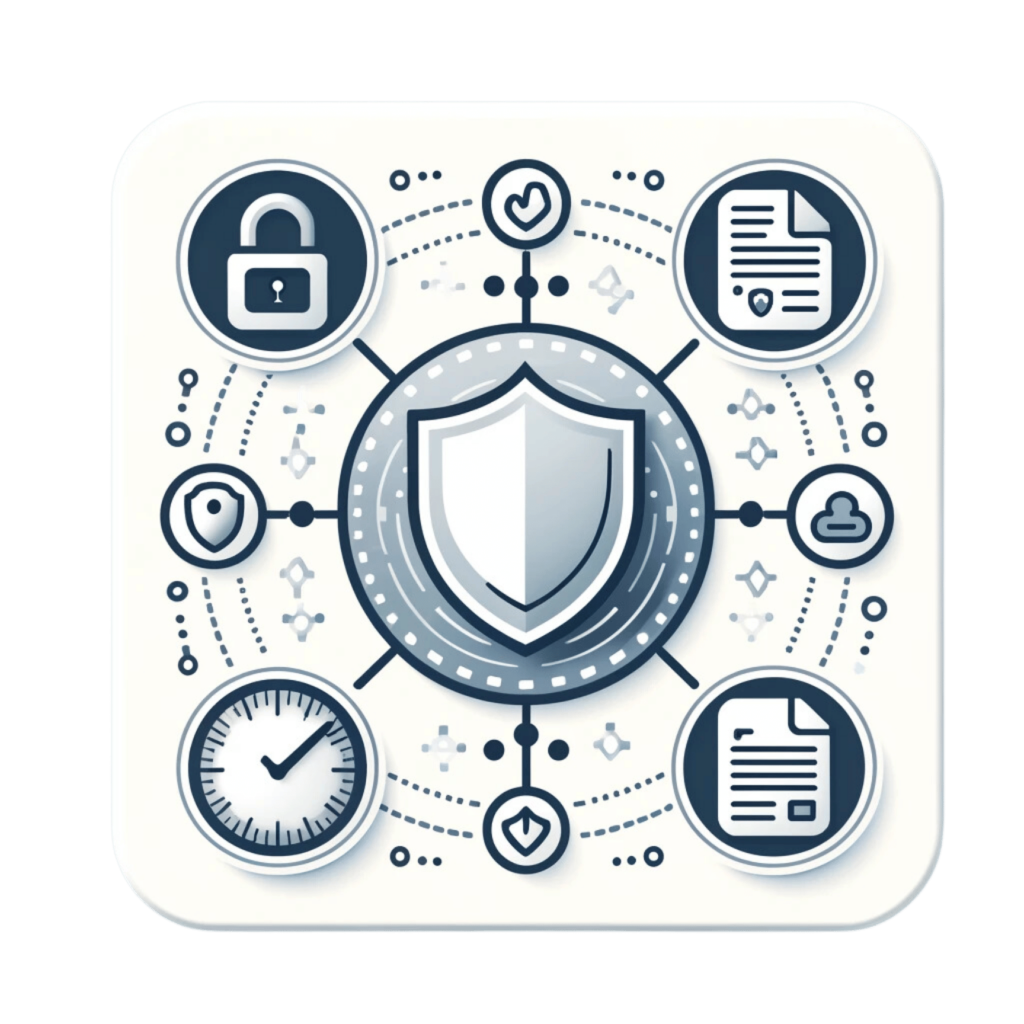
Tools and Technologies for Web Automation: The Essentials
Automation isn’t just about having a bot and a proxy; it’s about having the right tools to bring them together into a smooth, efficient operation. Luckily, there’s no shortage of technologies designed to make your life easier.
Here’s a breakdown of the tools that will turn your automation dreams into reality.
1. Bot Frameworks: The Brains Behind the Operation
Bot frameworks are where you create, program, and deploy your bots. They’re the think tanks of your automation setup.
- Selenium: The gold standard for browser automation. Whether it’s form-filling, navigation, or data extraction, Selenium can mimic almost any user interaction.
- Puppeteer: A headless Chrome browser perfect for modern web applications. It’s fast, developer-friendly, and great for scraping JavaScript-heavy sites.
- Scrapy: A Python-based framework tailored for web scraping. Lightweight and easy to use, it’s a favorite for data-heavy projects.
Why it matters: These frameworks handle the logic of automation while integrating seamlessly with proxy configurations.
2. Proxy Providers: The Unsung Heroes
The quality of your proxies can make or break your automation project. Cheap, unreliable proxies? Prepare for captchas, IP bans, and frustration.
- IPBurger: A standout choice for reliable proxies.
- Over 100M ethically sourced residential IPs.
- Rotating and sticky options to suit any task.
- 99.95% uptime and zero captchas when configured correctly.
Pro tip: Use proxies that match the geography of your target website for smoother access.
3. API Integrations: The Connective Tissue
APIs streamline your automation workflow, letting bots and proxies work in harmony.
- Web Scraping API: Tools like IPBurger’s scraping API simplify the process by automatically managing proxy rotation, request headers, and retries.
- Custom APIs: Many proxy services provide tailored APIs for tasks like session management and real-time IP switching.
Why it matters: APIs save you from manually configuring every detail, letting you focus on results.
4. Task Management Tools: Keep It Organized
Automating at scale can get chaotic. Task management tools help you monitor, control, and tweak your workflows.
- Apify: A platform for managing and scaling bots with built-in proxy support.
- Octoparse: A visual scraping tool for non-coders, with proxy and scheduling options.
The Right Combination
For a successful automation stack, pair your chosen bot framework with reliable proxies and integrate with an API to handle dynamic tasks. Tools like Selenium + IPBurger proxies + a web scraping API create a powerhouse setup capable of tackling anything from price monitoring to competitor analysis.
Next, we’ll look at best practices to ensure your automation efforts are safe, ethical, and efficient. Because no one wants to end up on a website’s blacklist. Stay sharp.
Best Practices for Safe and Efficient Web Automation
Automation is a double-edged sword. Done right, it’s efficient, powerful, and game-changing. Done wrong? You could find yourself tangled in legal issues, blocked from your target sites, or even facing security risks. Let’s break down how to automate responsibly while getting the most out of your setup.
1. Respect Websites’ Terms of Service
Before you unleash your bots, take a moment to skim the fine print. Many websites have specific rules about automated interactions. Ignoring them could lead to IP bans or even legal action.
Pro Tip: If you’re scraping, stick to publicly accessible data and avoid actions that could disrupt a website’s normal functionality.
2. Use High-Quality Proxies
Cheap proxies might save you money upfront, but they’ll cost you in the long run—think blocked requests, slow speeds, and unreliable connections. Invest in a reputable provider like IPBurger for proxies that are fast, anonymous, and built for automation.
Quick Stats: Residential proxies reduce block rates by 85% compared to data center proxies, especially for tasks like web scraping and account management.
3. Implement Proxy Rotation
Don’t let your bot make the same request from the same IP repeatedly. That’s a surefire way to trigger anti-bot mechanisms. Use proxy rotation to cycle through IPs, making each request appear as though it’s from a new user.
Best Practices for Proxy Rotation:
- Rotate IPs every few requests for high-frequency tasks.
- Use sticky proxies for consistent sessions when managing accounts.
4. Monitor for Errors
Bots are great, but they’re not perfect. Regularly check logs for failed requests, blocked IPs, or captchas that could signal detection. Adjust your setup as needed.
5. Avoid Overloading Target Servers
Sending too many requests in a short period? That’s a great way to crash a website—and draw unwanted attention. Use rate-limiting to ensure your bot operates like a human, with realistic intervals between actions.
6. Prioritize Security
Automation can expose your IP, data, or scripts to potential risks. Proxies act as a buffer, but you should also:
- Use HTTPS connections to encrypt data.
- Regularly update your bot frameworks and proxy configurations.
- Test for IP and DNS leaks to ensure anonymity.
7. Stay Ethical
Automation isn’t an excuse to bypass ethics. Collect data responsibly, respect privacy, and avoid scraping sensitive or personal information. Not only is this the right thing to do, but it also keeps you on the right side of the law.
By following these best practices, you can harness the power of web automation without worrying about blocked IPs, legal issues, or compromised security.
Next, we’ll tie everything together with a real-world example—a case study showcasing how proxies and bots combine for seamless, efficient automation. Let’s put theory into action.
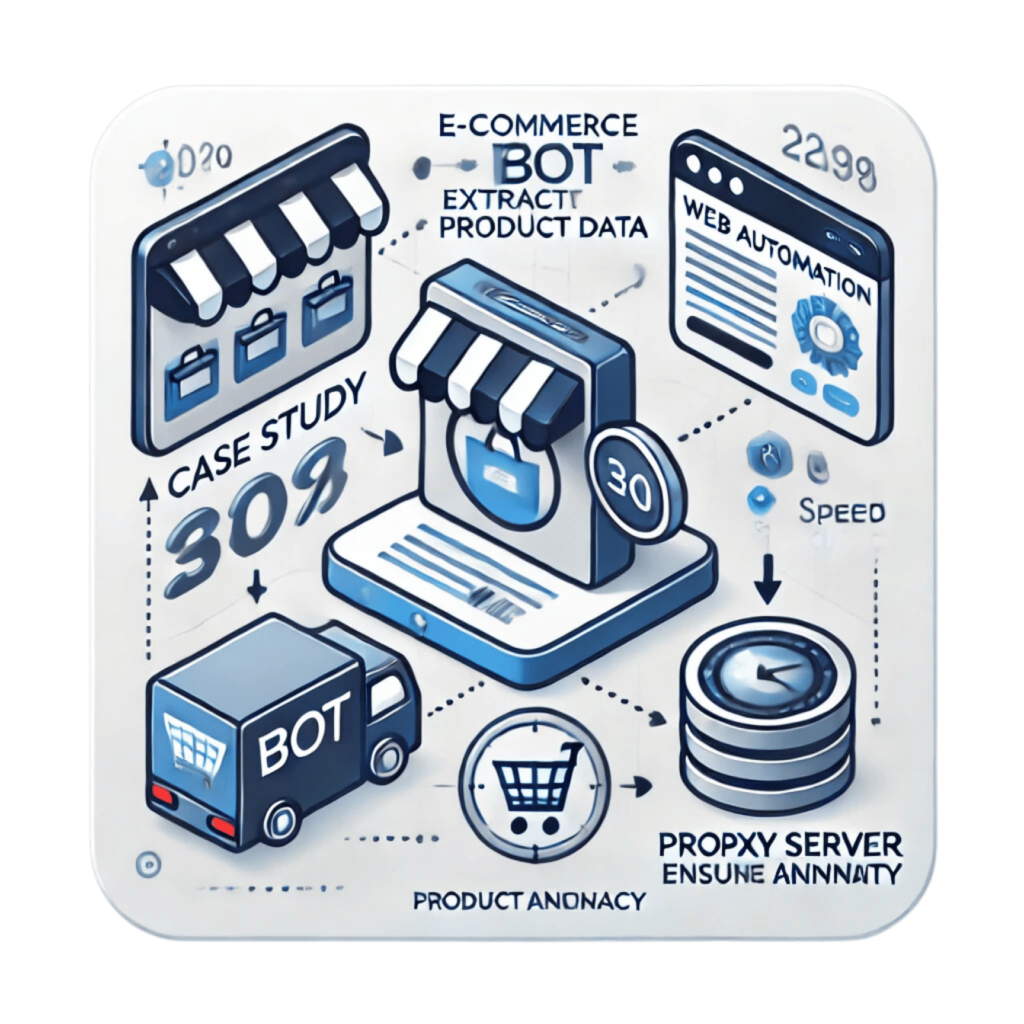
Case Study: Automating Data Extraction with Proxies and Bots
Let’s take everything we’ve covered so far and see it in action. Imagine you’re tasked with scraping product pricing data from multiple e-commerce websites for a competitive analysis. It’s a high-stakes job—you need accuracy, speed, and stealth. This is where proxies and bots shine.
The Challenge
E-commerce platforms don’t like being scraped. They have anti-bot systems that detect and block repeated requests from the same IP or unusual browsing patterns. Without precautions, your operation could grind to a halt.
The Solution: Bots + Proxies
Step 1: Deploy a Bot Framework
You set up a bot using Selenium or Puppeteer to simulate human browsing. The bot logs into websites, navigates to product pages, and extracts key details like prices, descriptions, and ratings.
Step 2: Integrate Proxies
You configure your bot to use rotating residential proxies from IPBurger. Every request routes through a different IP, making it appear as though hundreds of real users are visiting the site.
Step 3: Implement Proxy Rotation and Rate-Limiting
To avoid detection, the bot rotates proxies after every few requests and pauses briefly between actions, mimicking human behavior.
The Results
- Zero Blocks: With proxies masking the bot’s IP, no requests are flagged or blocked.
- Accurate Data: The bot extracts clean, reliable data from hundreds of pages in a fraction of the time it would take manually.
- Scalability: Thanks to the rotating proxies, the operation scales effortlessly, covering multiple sites and thousands of products.
Time Saved: What would have taken a team of analysts weeks is completed in hours.
Cost Saved: Avoids the expense of manual labor and potential penalties for violating terms of service.
Key Takeaways from the Case Study:
- Proxies Keep You Anonymous: Rotating residential proxies ensure every request blends seamlessly with legitimate web traffic.
- Bots Handle Repetition: Automation frameworks like Selenium execute repetitive tasks with precision.
- Integration is Everything: Combining the right tools—proxies, bots, and rate-limiting—leads to successful, undetected automation.

This real-world example highlights why proxies and bots are the ultimate pairing for automation. Whether you’re scraping e-commerce data, managing social media accounts, or performing SEO analysis, the principles remain the same.
In the final section, we’ll wrap up with a quick recap and tips on how to start your automation journey. Because you’re ready to level up.
Start Automating Like a Pro
You’ve made it this far, which means you’re ready to take your web automation game to the next level. With bots handling the heavy lifting and proxies keeping them undetected, the possibilities are endless—from streamlining repetitive tasks to scaling projects that would otherwise be impossible manually.
Let’s recap what we’ve covered:
- Why automation matters: It saves time, reduces errors, and scales your workflows.
- Bots as your workforce: They’re customizable, tireless, and efficient for tasks like scraping, testing, and account management.
- Proxies as your shield: They provide anonymity, bypass geo-restrictions, and prevent IP bans to keep your automation seamless.
- The perfect combo: Together, bots and proxies create a powerful, reliable, and stealthy automation setup.
Now it’s your turn. Start small—automate a single repetitive task, integrate proxies to keep it undetected, and scale from there. If you’re new to proxies, IPBurger’s reliable, ethically sourced residential proxies are a great place to begin. Combine those with a beginner-friendly bot framework like Puppeteer, and you’ll be automating like a pro in no time.
Your Next Steps:
- Identify a task that could be automated.
- Choose a bot framework that suits your skill level.
- Pair it with high-quality proxies to ensure success.
- Test, iterate, and scale your automation projects.
Ready to dive in? The web won’t automate itself.
FAQs
1. What is the role of proxies in web automation?
Proxies act as intermediaries between your bot and the target website. They mask your IP address, allowing you to bypass geo-restrictions and avoid detection. Rotating proxies are especially useful for web scraping, as they prevent IP bans by using a different IP for each request.
2. How do bots help automate web tasks?
Bots are software programs that mimic human actions on the web. They handle repetitive tasks like data scraping, form filling, and account management efficiently. Paired with proxies, bots can operate undetected, making them essential for scaling tasks without triggering security systems.
3. Which tools should I use for automating web tasks?
Popular tools include Selenium for browser automation, Puppeteer for JavaScript-heavy sites, and Scrapy for data extraction. For proxies, services like IPBurger offer reliable options with high success rates. Pair these tools with APIs for seamless integration and scalability.


